Radice Buttons Breaking - Coincidence?
- Thread starter peckinpahhombre
- Start date
You are using an out of date browser. It may not display this or other websites correctly.
You should upgrade or use an alternative browser.
You should upgrade or use an alternative browser.
SmokingPipes.com Updates
Watch for Updates Twice a Week
- Status
- Not open for further replies.
Hi Peck,
I once owned a laser cutting/engraving machine and I used to clean the residues from the heat and smoke produced by the laser on wood and plastic with alcohol. All was good until I started working with Plexiglass Acrylic sheets. Wherever there was a sharp angle in the cut, the acrylic would eventually crack. When I read your post, it reminded me of the same problem...
If you are cleaning your acrylic stems with any kind of alcohol, you might be experiencing the same thing. I assume the button on a Radice may have a very sharp angle where that lip meets the stem? If you are using rubber bits, maybe some of the alcohol got trapped in there and it made the problem even worse. I am not a chemist by any mean but I read that alcohol can destroy the polymer chains, creating cracks.
I once owned a laser cutting/engraving machine and I used to clean the residues from the heat and smoke produced by the laser on wood and plastic with alcohol. All was good until I started working with Plexiglass Acrylic sheets. Wherever there was a sharp angle in the cut, the acrylic would eventually crack. When I read your post, it reminded me of the same problem...
If you are cleaning your acrylic stems with any kind of alcohol, you might be experiencing the same thing. I assume the button on a Radice may have a very sharp angle where that lip meets the stem? If you are using rubber bits, maybe some of the alcohol got trapped in there and it made the problem even worse. I am not a chemist by any mean but I read that alcohol can destroy the polymer chains, creating cracks.
I would assume its acrylic quality if each stem were different. If each stem is exactly the same bit, length, and girth. Then craftsmanship may be to blame.
That's some serious damage. I've had my Radice Rind for 8 years with a clear Lucite stem. No problems to date but I think an email to them is definitely in order. That just isn't right with one pipe let alone four.
homewaters, thats an interesting theory. This pipe did not have a rubber bit, but I when I clean my pipes I do use 99% iso. The stuff evaporates in seconds, but if it is a chemical reaction then that would mean nothing. I am still a bit mystified that I have only had the issue with Radice though.
Interestingy I found this thread at the PSF forum talking about this issue, though the "experiment" at the end suggests it may not be a problem.
http://pipesmokersforum.com/community/threads/clean-acrylic-stem-with-alcohol.15449/
Interestingy I found this thread at the PSF forum talking about this issue, though the "experiment" at the end suggests it may not be a problem.
http://pipesmokersforum.com/community/threads/clean-acrylic-stem-with-alcohol.15449/
Sam, when it comes to any issues involving the sucking of balls, I always defer to you as the acknowledged expert in the field.I just say Acrylic sucks donkey balls anyway.
I found this video on YouTube. It is the same reaction I remember happening after trying to clean some Plexiglass I had just cut with the laser. In the video you can see the person applying heat to the edges and when I was using the laser it was heat creating the cut as well so I wonder if that would be the reason why you have the problem with Radice and no other brands. Perhaps heat is used in their process of finishing their buttons and it could be a different process for other makers.
http://youtu.be/w8MEhbH6DK4
http://youtu.be/w8MEhbH6DK4
Well, it got me thinking a bit about clenching.
My clenching seems to avoid pressure on the button. But that hardly explains in your case why only the Radice, unless it's the things you've pointed out- thinness of stem, method of cleaning, perhaps alcohol weakening, perhaps manufacturing process. Have or had you had other Radices that didn't shatter?Don't get me wrong. I don't want to diss the brand. Maybe they just don't work for clenching, at least for my mouth pattern. I have 18 Castellos in the rotation, four Savs, and one Caminetto and never had an issue, so maybe those brands just suit me better.
I am with everyone else. Having lucite simply shatter is crazy. I did see something about you tossing those in the bin. If you pitched them maybe you could send them the free pipe project. Or send it to me, I would cut a new stem for it just to have a Radice.
Peck:
Here are some of my Radices and the buttons. They all seem to be fine when I smoke them but, I always use a softie and I do clench...I haven't found anything really wrong with them. Your pics look like there's a bit of age and deterioration that caused it to crumble. Please don't bin them! I love the brand and might be willing to buy some of yours if you are willing. I'm in the GTA so it won't be such an issue.
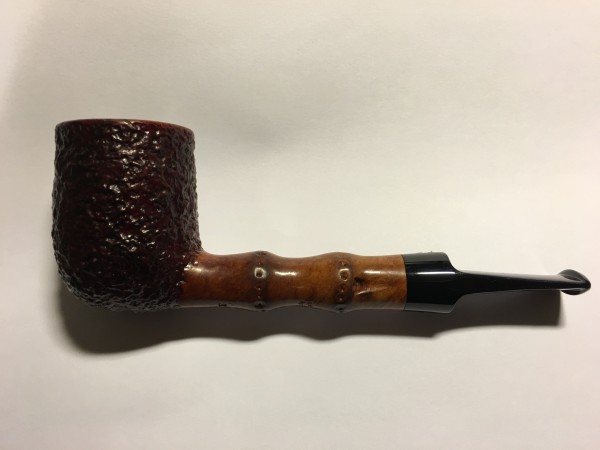
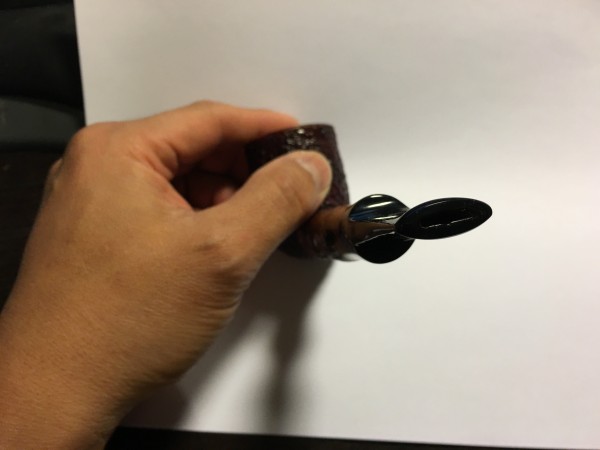
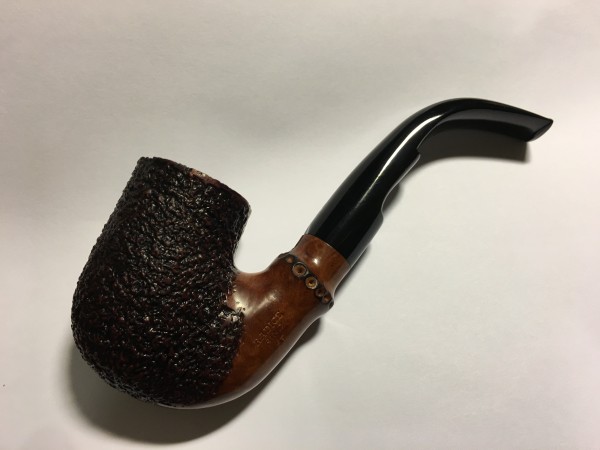
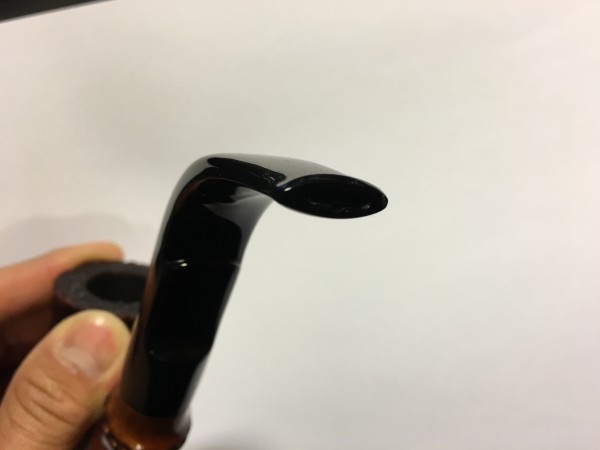
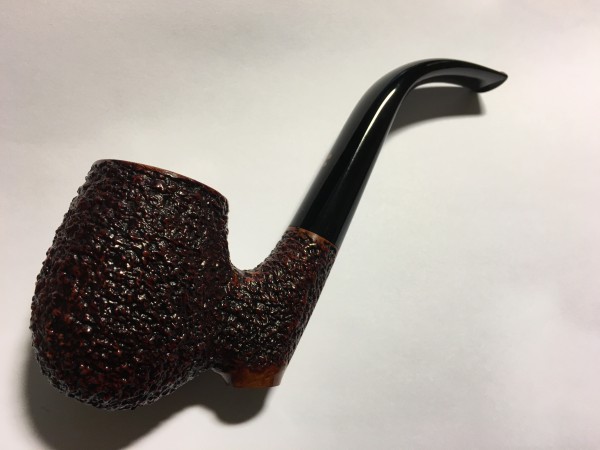
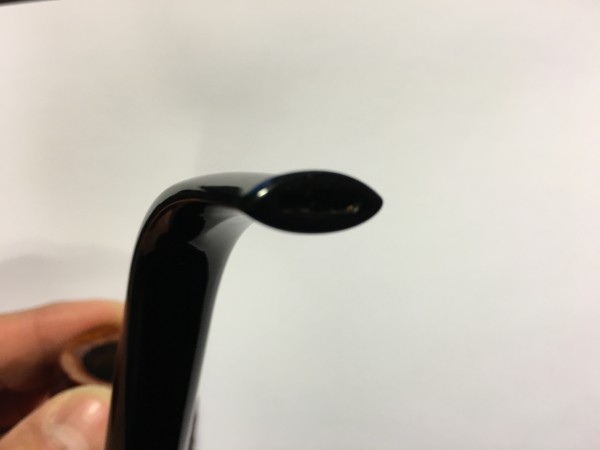
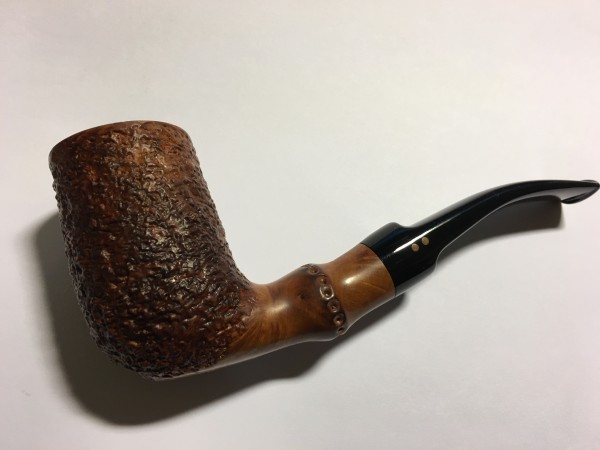
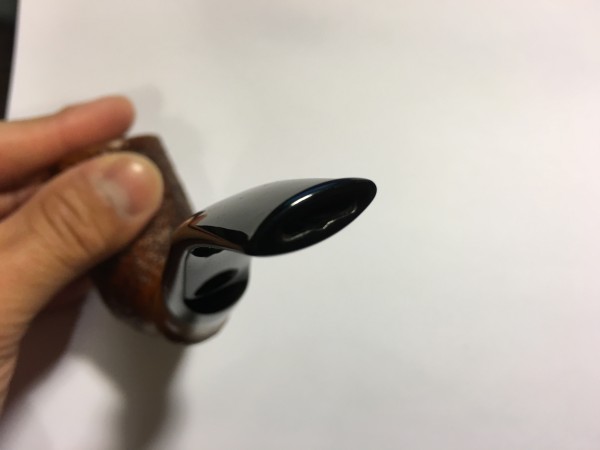
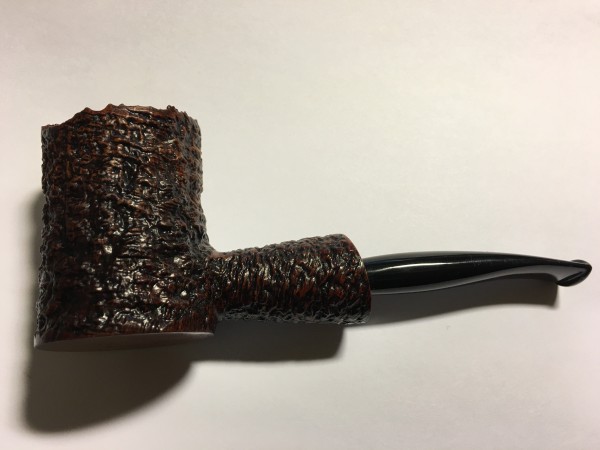
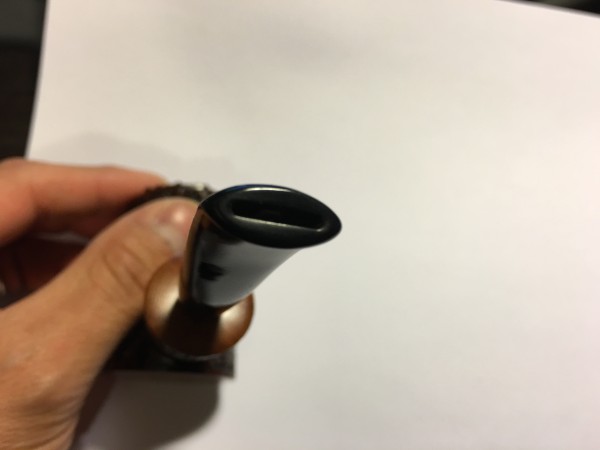
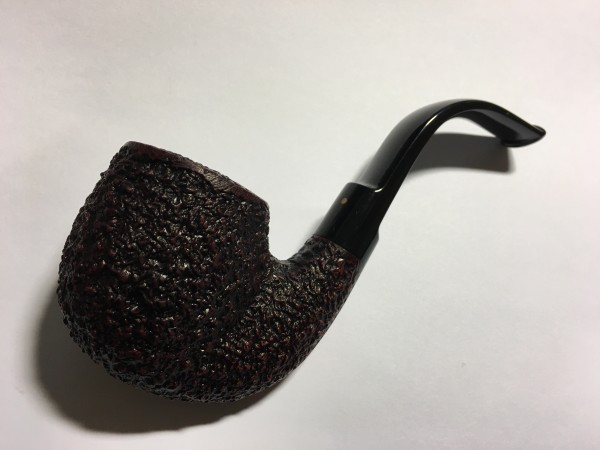
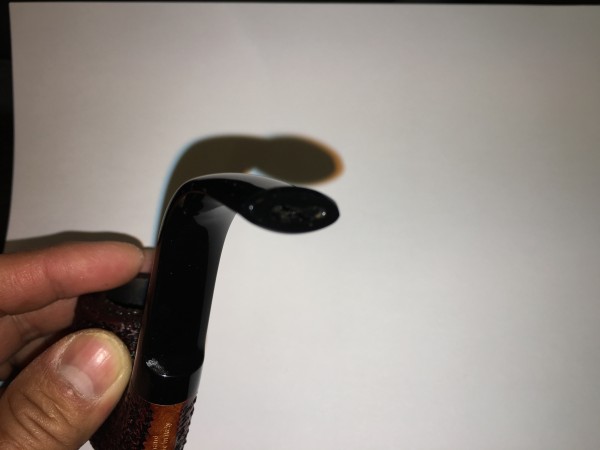
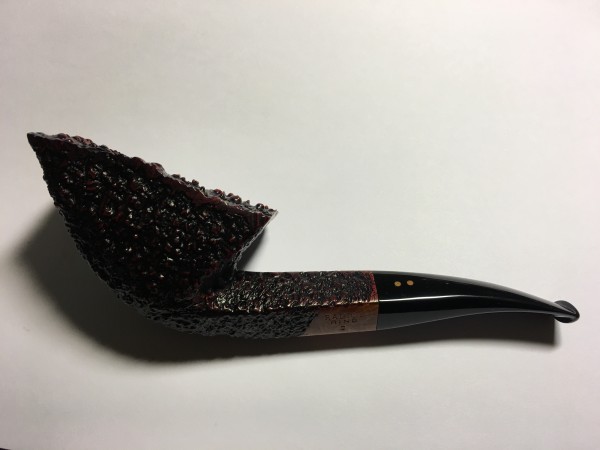
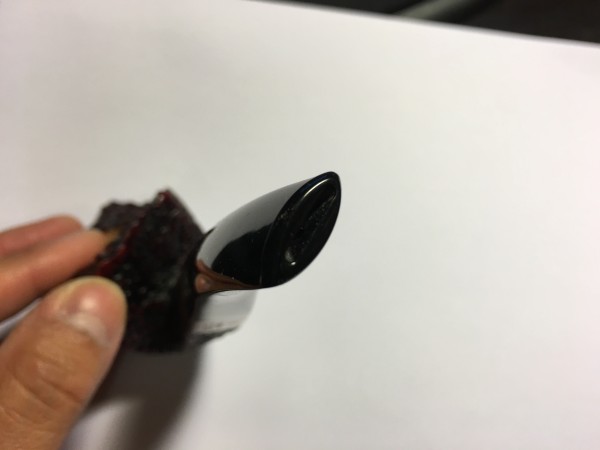
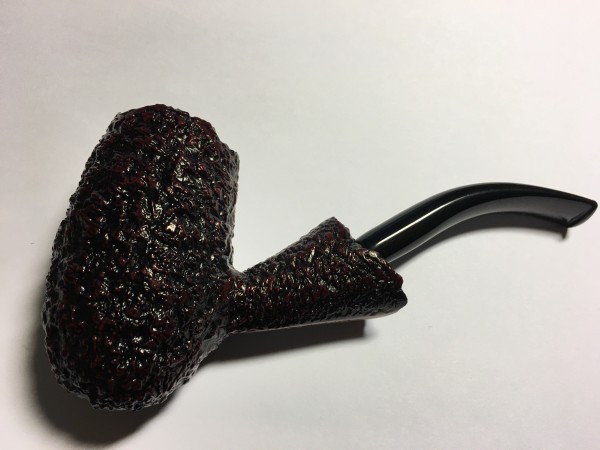
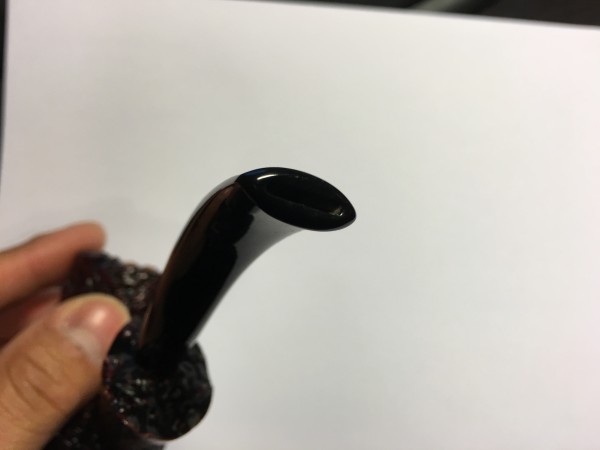
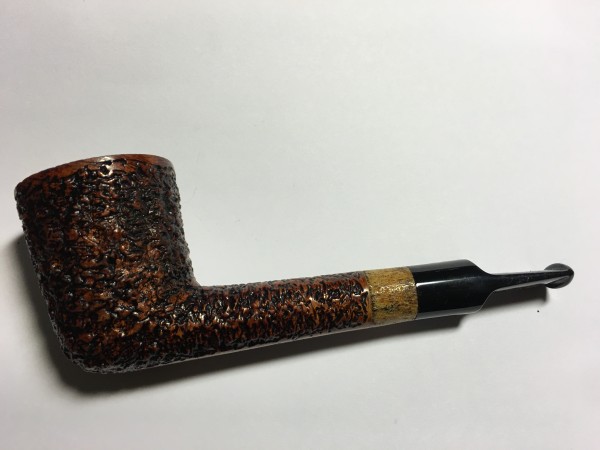
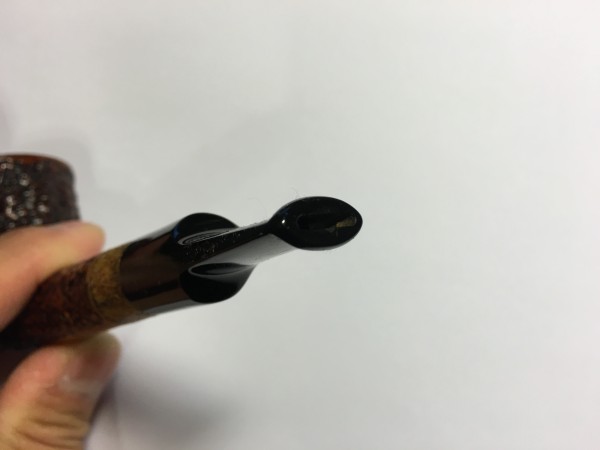
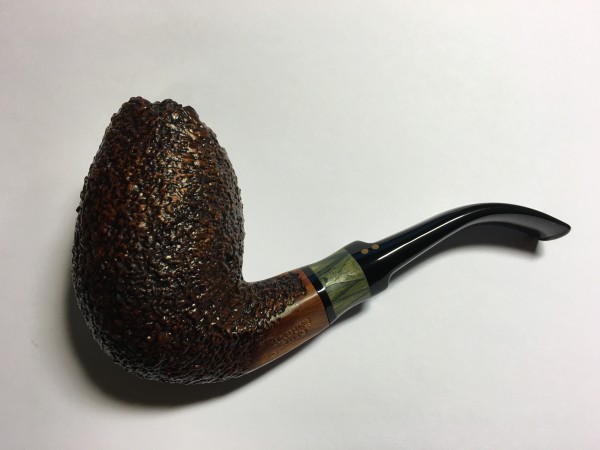
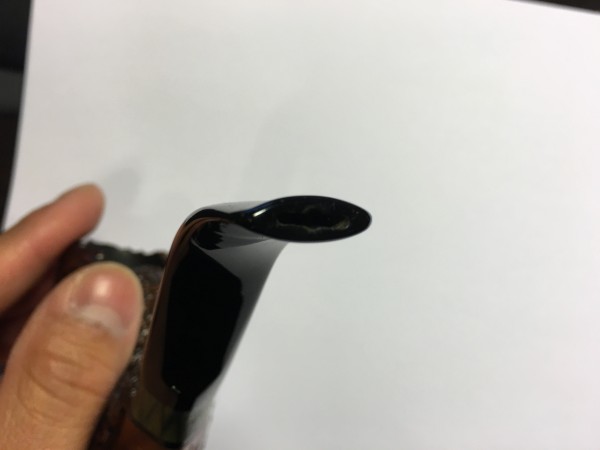
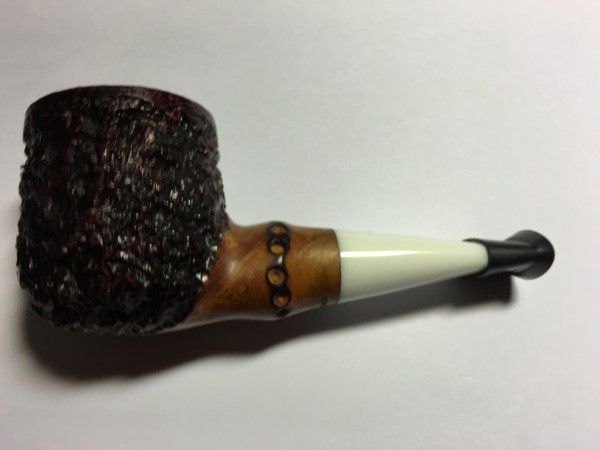
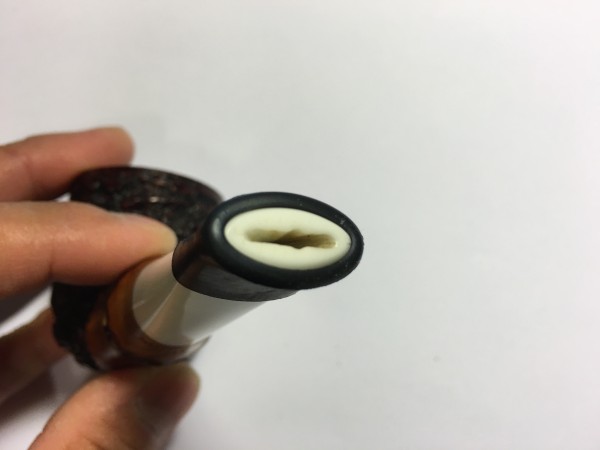
Shutterbug
Here are some of my Radices and the buttons. They all seem to be fine when I smoke them but, I always use a softie and I do clench...I haven't found anything really wrong with them. Your pics look like there's a bit of age and deterioration that caused it to crumble. Please don't bin them! I love the brand and might be willing to buy some of yours if you are willing. I'm in the GTA so it won't be such an issue.






















Shutterbug
To add:
I do clean them after every smoke, and they see their fair share in the rotation. I use 99% alcohol, and run cleaners through them like crazy. I clench relatively normally, and the only issue for me seems to be the twin bores, where they might be a bit more fragile, but not to the point where I coddle them. I like the acrylic, and think it is harder and more durable than my vulcanites, but that's just my opinion. If anything, I believe it could be just age that deteriorates them to the point that with some clenching strength, they could shatter. Peck were they all bought during the same period or from the same estate (if they were estates)? How old are they if you can date them?
Shutterbug
I do clean them after every smoke, and they see their fair share in the rotation. I use 99% alcohol, and run cleaners through them like crazy. I clench relatively normally, and the only issue for me seems to be the twin bores, where they might be a bit more fragile, but not to the point where I coddle them. I like the acrylic, and think it is harder and more durable than my vulcanites, but that's just my opinion. If anything, I believe it could be just age that deteriorates them to the point that with some clenching strength, they could shatter. Peck were they all bought during the same period or from the same estate (if they were estates)? How old are they if you can date them?
Shutterbug
Peck:
Stem replacements aren't that expensive.
What bin? Tell me it's a spare parts bin, or a toy bin, just... ouch that's harsh.I tossed the other three in the bin and will do the same with this one. Not really worth my time to be chasing them for a $190 pipe. I will likely refrain from buying another, however.
Stem replacements aren't that expensive.
Yo Pec et al
Many acrylics in general, and Lucite in particular, are polymethylmethacrylate. How the finished plastic would respond to solvent attack and stresses would depend on the processes in forming the piece and stuff like the molecular weight distribution of the polymer chains. Just because both ethanol and isopropanol evaporate quickly wouldn't necessarily be the main factor. If there was any porosity or microcracks (or cracks) in the pipestem or if there is a tendency for the alcohol molecules to be absorbed, reacted or bound (hydrogen bonding or plain molecular attraction - this is the way soap works on oils) by something in the stem; and especially if there was latent stress within the pipestem structure, that latent pressure could be relieved suddenly by the exposure to a solvent.
My guess, since most Radice stems, and for that matter, most Lucite and acrylic stems, do not seem to fail Peck's way in great numbers, is that a combination of factors obtain here:
1) his 4 Radices have in common whatever acrylic stems Radice uses
2) maybe Radice uses heat and/or physical shaping in a unique way to form the buttons
3) Peck has an unusual way of clenching or biting on his stems, that induces or aggravates latent stresses
4) he puts alcohol on the stems.
Although ethanol and isopropanol are similar (compared to water, hydrocarbons, acids, ketones, esters, etc) chemically, they do differ in solvency effects. One set of plastic pieces may be fine with the one alcohol, but not the other.
hp
les
Many acrylics in general, and Lucite in particular, are polymethylmethacrylate. How the finished plastic would respond to solvent attack and stresses would depend on the processes in forming the piece and stuff like the molecular weight distribution of the polymer chains. Just because both ethanol and isopropanol evaporate quickly wouldn't necessarily be the main factor. If there was any porosity or microcracks (or cracks) in the pipestem or if there is a tendency for the alcohol molecules to be absorbed, reacted or bound (hydrogen bonding or plain molecular attraction - this is the way soap works on oils) by something in the stem; and especially if there was latent stress within the pipestem structure, that latent pressure could be relieved suddenly by the exposure to a solvent.
My guess, since most Radice stems, and for that matter, most Lucite and acrylic stems, do not seem to fail Peck's way in great numbers, is that a combination of factors obtain here:
1) his 4 Radices have in common whatever acrylic stems Radice uses
2) maybe Radice uses heat and/or physical shaping in a unique way to form the buttons
3) Peck has an unusual way of clenching or biting on his stems, that induces or aggravates latent stresses
4) he puts alcohol on the stems.
Although ethanol and isopropanol are similar (compared to water, hydrocarbons, acids, ketones, esters, etc) chemically, they do differ in solvency effects. One set of plastic pieces may be fine with the one alcohol, but not the other.
hp
les
I did receive a few private emails from folks who have had issues with Radice, including one prominent pipe seller who informed me that he is extraordinarily careful with Radice stems and their cleaning because he has had a number of issues with them cracking and splitting at the button and elsewhere. This has been a real eye opener for me.
Well crap, Radice pipes are a favorite of mine. I guess I have to rethink their position in my PAD.
Did he have any insights as to what may be the source of the stem issues?one prominent pipe seller who informed me that he is extraordinarily careful with Radice stems and their cleaning because he has had a number of issues with them cracking and splitting at the button and elsewhere
- Status
- Not open for further replies.






